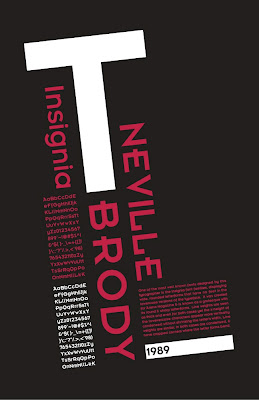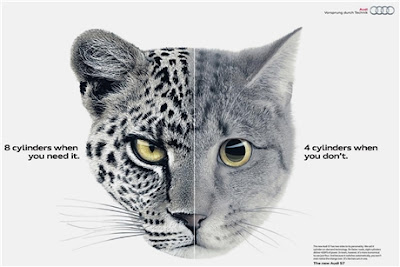Caught in the Crossfire Exhibition creatively explores the brutality of war and aftermath of people desiring for hope and peace through the eyes of inspiring artists. The Herbert Gallery revealed a wide range of historical and contemporary work of practitioners, showcasing a depiction of war in their own interpretation, revealing the artists pain and pure emotion, that war brought to their work, surfacing an emotional response out of viewers. Below I have carefully selected artwork of practitioners that I found most memorable from the visit, that I truly found moving the way artists have conveyed their own viewpoint of war. Not only reflecting their own individual desire for hope or past experience of pain, but symbolising how soldiers and the people that suffered in war, and are now desperate to move forward, to reconcile.
Simon Norfolk conveys a contrast between the war ruins of Afghanistan, with a vibrant colourful balloon seller. The Balloon's in the photograph acts as a cheerful symbol of hope for the future, giving the people in this community a sign to hope, and move forward onto a promising future, leaving the painful experiences behind. This photograph with the endless sky and rich in colour, gives off the impression of the desire for peace after all this place has been through, a sense of relief it's over, and now it can hold on to hope for a brighter future.
http://nicolagauld.wordpress.com/tag/herbert-art-gallery/
This photograph by Ori Gersht captures the aftermath of war portraying a landscape of hope and desperation to rebuild their lives. The everyday life essentials such as washed clothes, satellite dishes and flowers signify how this community are desperately trying to return to their everyday life and move forward. As much as you try to carry on, the surroundings are still there acting as scars, reminding you of the pain and conflict you had to suffer and go through. Gersht had his own past experiences of going through the tension of war and conflict, which is maybe why he was able to deliver a photograph so pure of pain conveying exactly how he felt for part of his life.
http://www.kennardphillipps.com
The striking visual was collaborated using everyday stuff such as bandages, medals, blood, dust, grit and grime all elements that resembled the destruction of war. Kennard Phillipps also experimented with mixing rags, oils, and ribbons, the art practice was almost a way of releasing their rage of anguish against democracy for causing this war. By looking at the visual, in a way I feel they've tried to resemble the people who fought in bravery of that war, that eventually ended up, beaten, blooded, damaged and now discarded. The torn rags and fractured medal emphasises my viewpoint of resembling how the soldiers have been damaged and hurt physically and mentally. What fascinates me most of all about this artwork, is the use of materials experimented with so widely, to create this outcome. Using materials that link to the war gives the visual image a deep painful meaning, of all the anguish Kennard Phillipps may of felt that democracy had caused the soldiers.
http://www.kennardphillipps.com
This visual by Kennard Phillipps shows the former Prime Minister mocked up behind the potential burning oil wells which were set on fire by the Iraqis in 2003. Even though it has a sense of humour, this is a depiction portraying Tony Blair was to blame and responsible for the Iraq War. Blair's facial expression shows his lack of thought for all the deaths created due to the decision he made. This visual's purpose, was to confront and insult the politicians (Tony Blair in particular) for the decisions they've made, which erupted in mayhem and death. The selected photo of Tony Blair shows his lack of remorse for all the pain and death he caused, however it's been done in a humorous way mocking politicians and their preposterous decisions they've made.
http://www.andrehn-schiptjenko.com/wp/siobhan-hapaska/
Siobhan Hapaska demonstrates how a wide range of ethnicities and races are taught in education together, which is such a contrast reflecting back to the past divisions, causing Catholics and Irish protestants to be educated separately. This photograph conveys how races and ethnicities have congregated, showing hope of a positive future in peace together. By portraying different races and ethnicities together in a peaceful calm environment, represents that this community have come together and have regained peace, showing sign of no divisions to come.



































